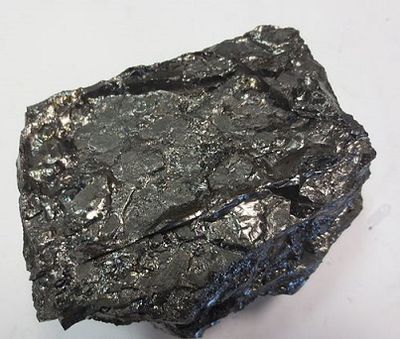Solid

Solids, compared with liquids, gases and plasmas, are the most rigid state of matter. Solids are a dense state of matter that are usually incompressible (which means it doesn't change volume when pressure increases, as opposed to gases which are generally compressible). In other words, solids are rigid, meaning the molecules are locked in place.[2] This also means that solids vibrate, but generally do not move from place to place (solids cannot flow like liquids and gases can). Solids usually have the highest density, but the density of solids are only slightly more dense compared to their liquid state.
To learn more about solids please see UC Davis's Chem wiki. An entire branch of physics is known as 'solid state' or 'condensed matter' because it studies the properties of matter that are solid (often crystals), which are usually tightly packed in a regular pattern. This branch of physics explains how photovoltaic cells work, why metals conduct electricity, superconductivity and how magnets work. Understanding this branch takes years of study, but a great place to start is the hyperphysics solid state portal.
PhET: States of Matter
The University of Colorado has graciously allowed us to use the following Phet simulation. Explore the simulation to see how states of matter change depending on temperature and pressure:
Further Reading
- Liquid, Gas
- Density
- Photovoltaic cell
- Or explore a random page
References
- ↑ Wikimedia Commons. (May 13, 2015). Anthracite Coal [Online]. Available: http://commons.wikimedia.org/wiki/File:Anthracite_Coal.JPG
- ↑ "Gases, Liquids, and Solids," Purdue University. [Online]. Available: https://www.chem.purdue.edu/gchelp/liquids/character.html. [Accessed: 11-May-2021]

